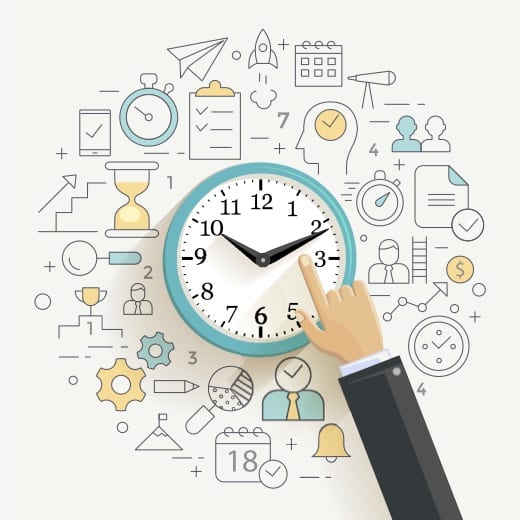How to Engage Readers in an Age of Distraction
By: Ann Wylie, President, Wylie Communications
April 13, 2020
Editor’s Note: With global audiences stuck at home—and glued to their devices—the competition for time and attention is steeper than ever. Below, Wylie Communications president Ann Wylie shares how to measure and structure written content to match the average reading time, whether readers are checking out your social media copy, blog or e-letter. Wylie offers a framework for increasing readership by proving you won’t waste viewers’ time.
“Write a great beginning, write a great ending and keep them close together.”
— Anonymous
Writers measure copy in words, inches or pages. Readers use a different measure: time.
So instead of using writer-centric measures, think like your reader. Measure your story length in time, not space.
To do so:
1. Establish estimated reading time.
Before you hit the keyboard, determine how much time you’d expect readers to spend reading each piece you write or assign.
Readers’ average reading speed is about 200 words per minute, estimates Roy Peter Clark, author of How to Write Short. It’s a simple formula:
Estimated reading time
x 200 words per minute
Word count
So if you are aiming for a two-minute piece, you’ll want to limit it to 400 words:
2 minutes
x 200 words per minute
400 words
Readers might not be as interested as you wish. In one London study, for instance, employees spent only about two minutes reading their own CEO’s message. The longest message—Lloyd’s of London’s, at 872 words—got less reading time than the shorter two, from GE and Heinz, at about half that length.
2. Measure estimated reading time.
Now that you have your target, you need to stay on track. During the editing process, divide your total word count by 200 to find the average reading time for your piece.
Word count
/200 words per minute
Estimated reading time
So if your piece is 400 words long, it will take two minutes to read.
400 words
/200 words per minute
2 minutes
3. Reduce estimated reading time.
You might find that it makes sense to cut your piece to save your readers time.
4. Report estimated reading time.
You might be able to encourage readership by letting readers know at the beginning of each piece how long it should take them to read it. So tell ’em how long it’s going to take to tell ’em.
If your piece is short enough, reporting estimated reading time may increase readership. Readers who had planned to put your piece in the pile of things “to read later” (aka the rest stop on the way to the trash can) may say, “Surely I can spend two minutes on this now.”
To report average reading time, let your readers know at the beginning of each piece—and maybe even in the name, title or headline—how long it should take them to read it.
This approach is trending:
- 20 minutes, the Swiss commuter newspaper, reports estimated reading time in its name.
- So does “Take Five,” the twice-monthly email newsletter for Bank of America employees.
- “Humor Power Tips,” an email newsletter by speaker John Kinde, reports at the top of the issue: “Word count: 400 words; Reading time: two minutes.”
- In its recurring column, “Two minutes with …,” Saint Luke’s Health magazine promises readers that they’ll learn about a health topic in two minutes with one of the health system’s experts.
- And when two minutes is just too long, Fast Company’s “60 Seconds” introduces readers to a tastemaker in just a minute.
(Estimated reading time for this piece: 2.5 minutes.)
Ann Wylie is president of Wylie Communications. She works with communicators who want to reach more readers and with organizations that want to get the word out. Get all of Ann’s tips via her newsletter, and learn more about cutting through the clutter here.
Copyright © 2020 Ann Wylie. All rights reserved.


